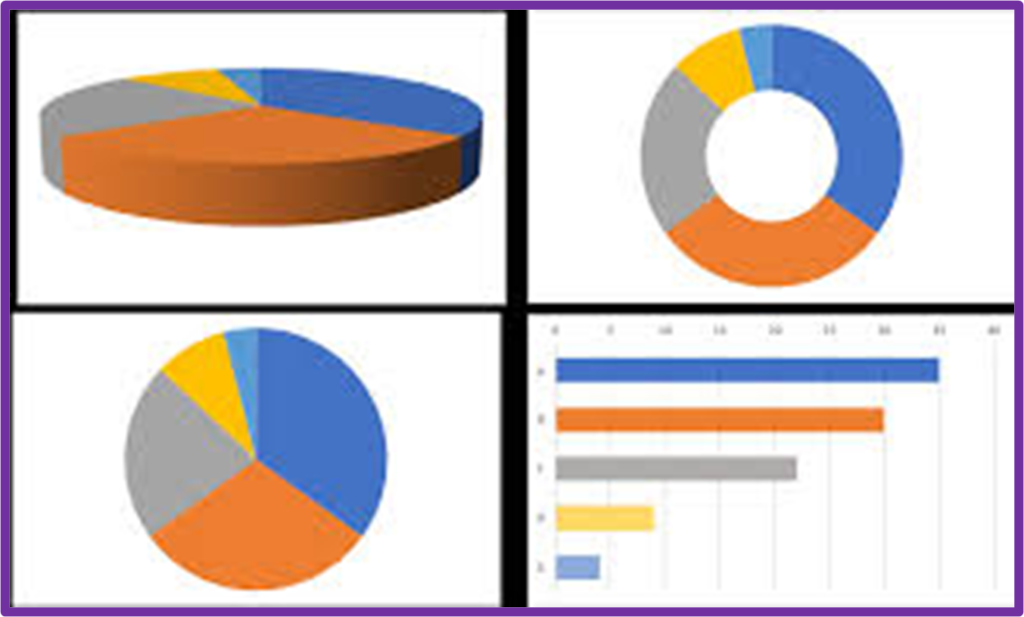
Visual management is a management technique that uses visual cues and displays to communicate information, guide behaviour, and improve efficiency. In retail stores, visual management is essential for creating a positive customer experience, driving sales, and optimizing store operations. In this article, we will explore the importance of visual management in retail stores and discuss some best practices for implementing visual management strategies.
- Creating a Positive Customer Experience
Visual management plays a critical role in creating a positive customer experience in retail stores. A well-designed and organized store layout, along with visually appealing displays, can attract customers and encourage them to browse and purchase products. Visual cues such as signage, floor graphics, and product displays can also guide customers through the store and help them find what they are looking for quickly and easily.
- Driving Sales
Visual management can help to drive sales by showcasing products and promotions effectively. Eye-catching displays and product placements can grab customers’ attention and entice them to make a purchase. Well-designed signage can also communicate promotional offers, product information, and pricing, which can encourage customers to buy.
- Improving Store Operations
Visual management can improve store operations by increasing efficiency and reducing waste. By visually displaying inventory levels, store managers can quickly identify which products are selling well and which ones are not. This information can help managers make informed decisions about restocking, ordering, and managing inventory levels.
- Enhancing Employee Performance
Visual management can enhance employee performance by providing clear expectations and guidance. By visually displaying performance metrics such as sales goals and customer satisfaction scores, employees can see how they are performing and understand what is expected of them. Visual displays can also provide reminders about safety protocols, store policies, and other critical information, which can help to improve employee compliance and reduce errors.
Best Practices for Visual Management in Store
- Create a Clear Store Layout
A clear store layout is essential for guiding customers through the store and making it easy for them to find what they are looking for. Use floor graphics, signage, and displays to create clear pathways and sections that are easy to navigate.
- Highlight Products and Promotions
Use eye-catching displays, product placements, and signage to highlight products and promotions. This can help to grab customers’ attention and encourage them to make a purchase.
- Use Visual Cues for Inventory Management
Use visual cues such as coloured stickers or tags to indicate inventory levels and identify which products need to be restocked. This can help to improve inventory management and reduce waste.
- Display Performance Metrics
Display performance metrics such as sales goals and customer satisfaction scores to provide employees with clear expectations and goals. This can help to improve employee performance and drive sales.
- Communicate Policies and Procedures
Use visual displays to communicate important policies and procedures such as safety protocols, store policies, and employee expectations. This can help to improve compliance and reduce errors.
In conclusion, visual management is essential for creating a positive customer experience, driving sales, and optimizing store operations in retail stores. By using visual cues and displays, retailers can guide customers through the store, highlight products and promotions, manage inventory efficiently, and communicate important information to employees. Therefore, it is essential to invest in visual management strategies and work with experienced visual merchandisers and store designers who can help to create effective visual displays and layouts.
_______________ XXXXX ______________
Note: Above views are purely written based on my own individual experience through various industries & based on that above points have been came out. Also gone through various books & Reference sites before conclude. Hence before implementing, pls. review & decide whether it suits/align to your requirements or not.








